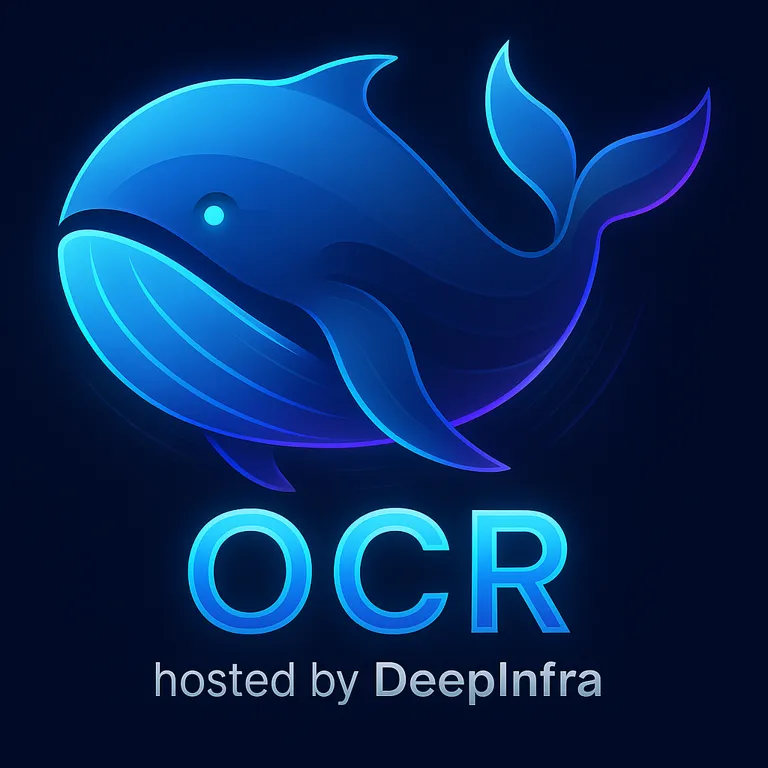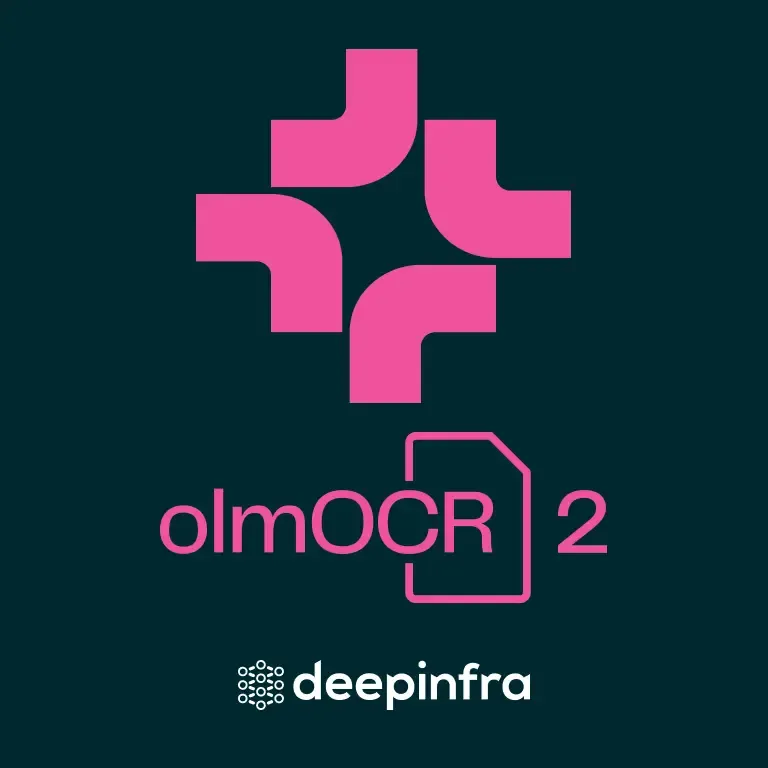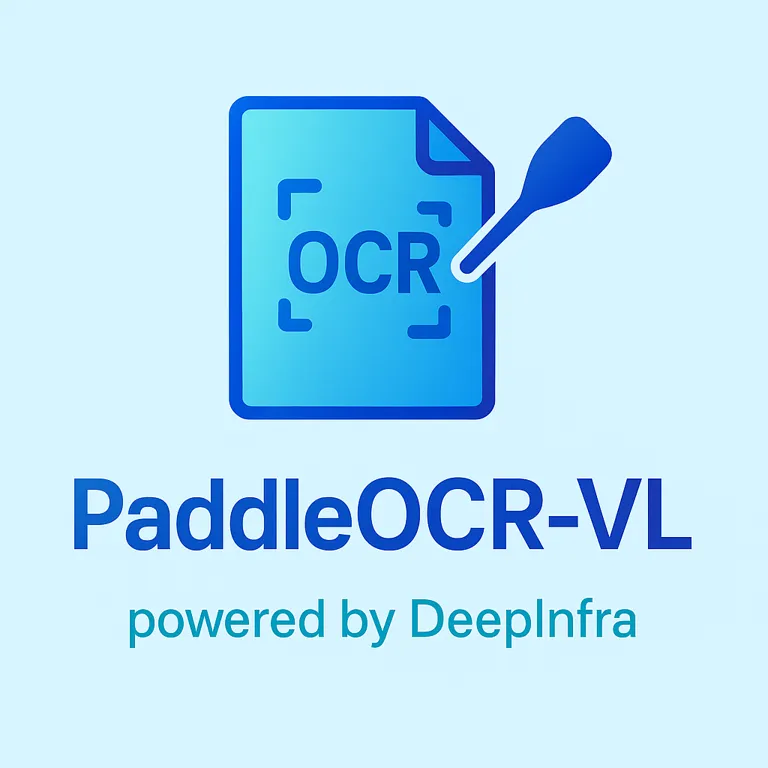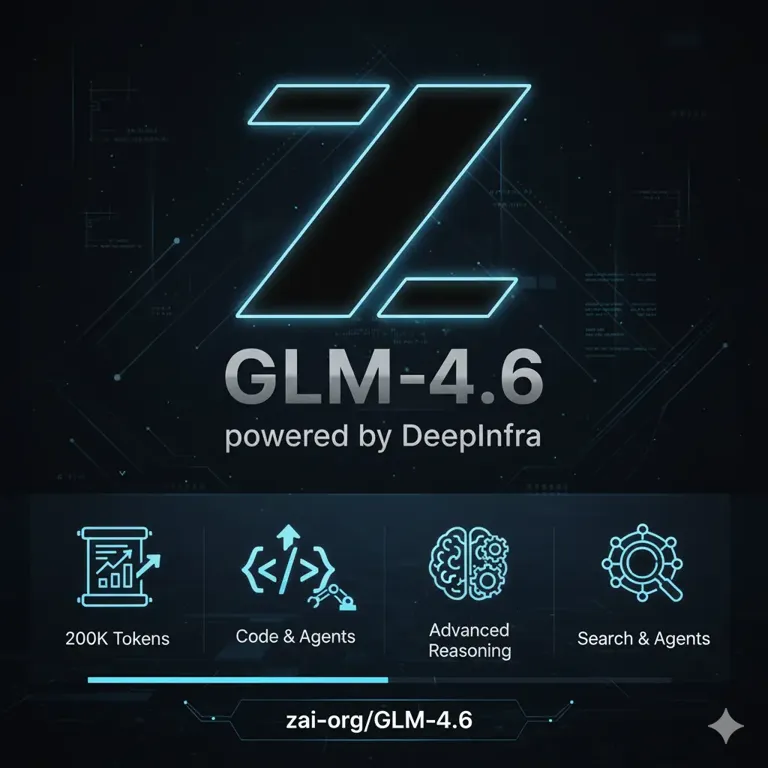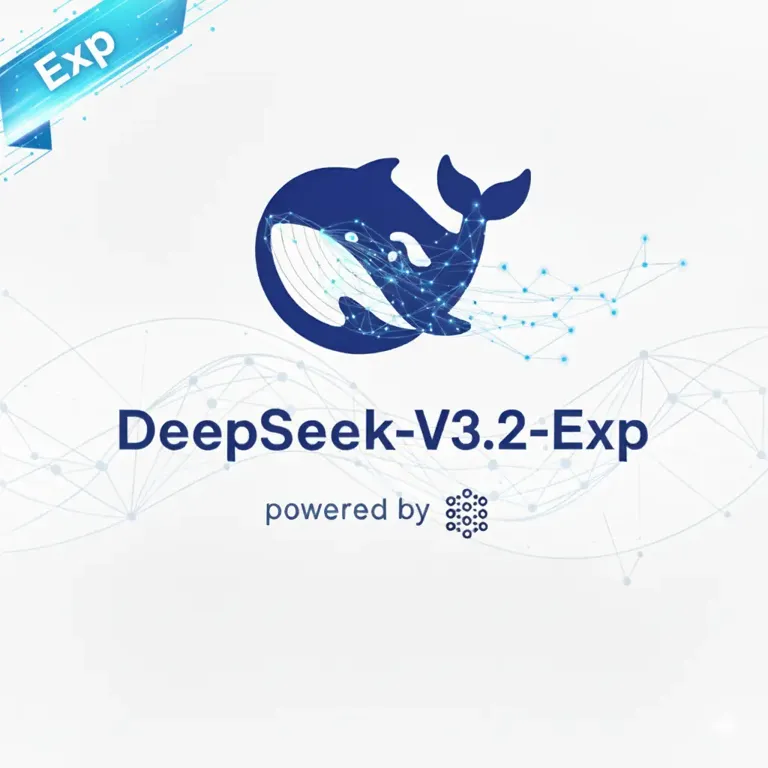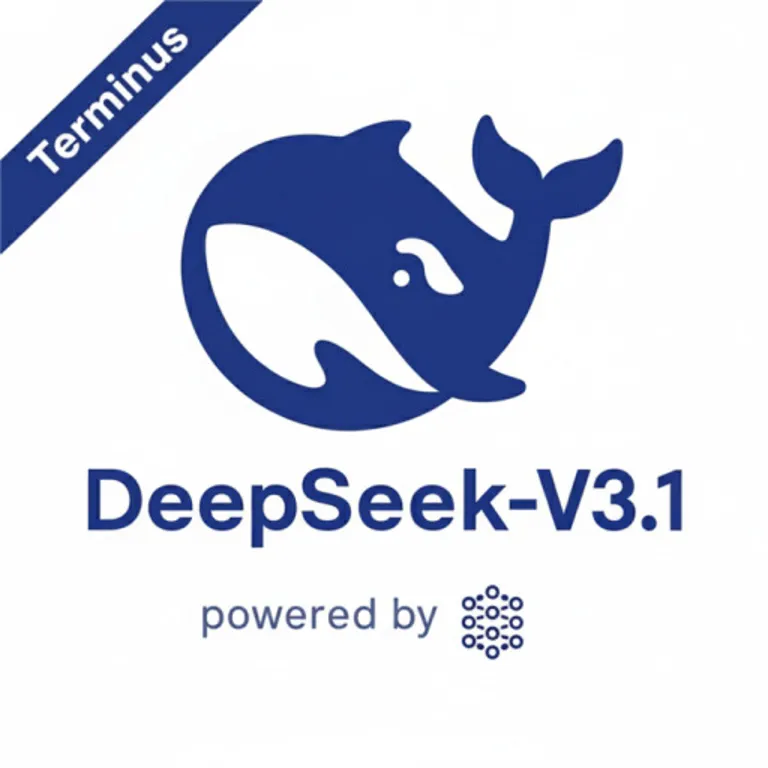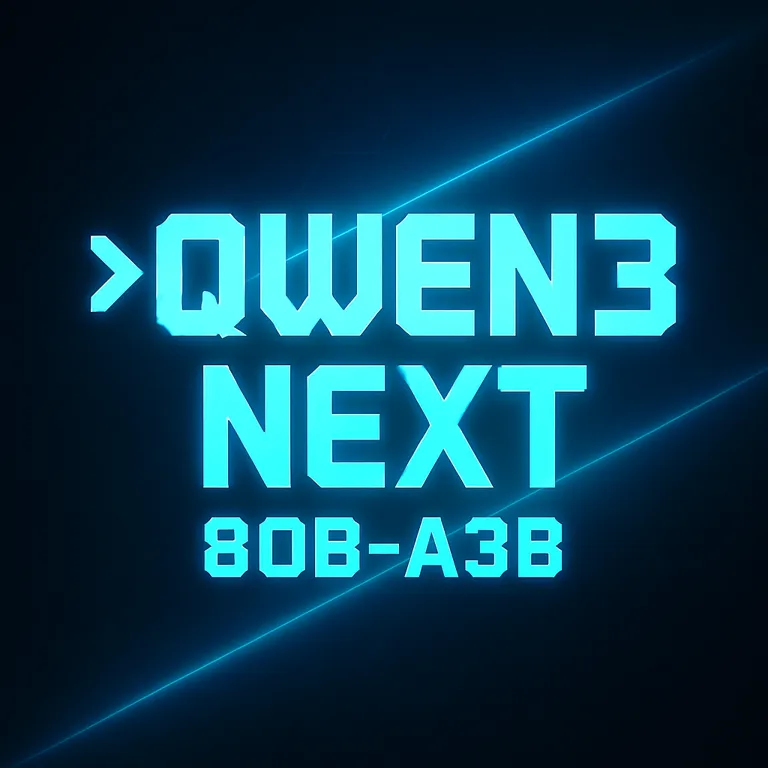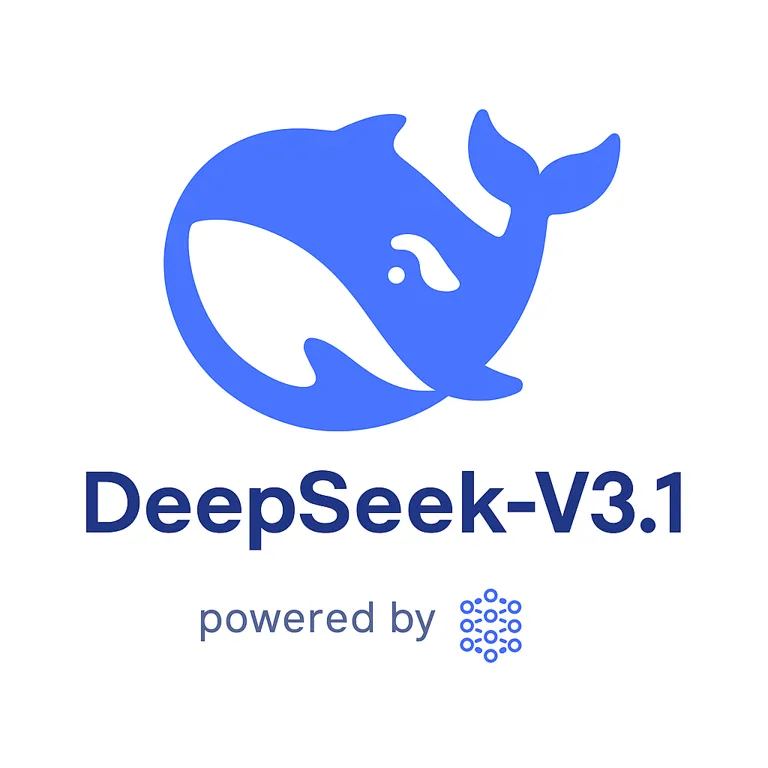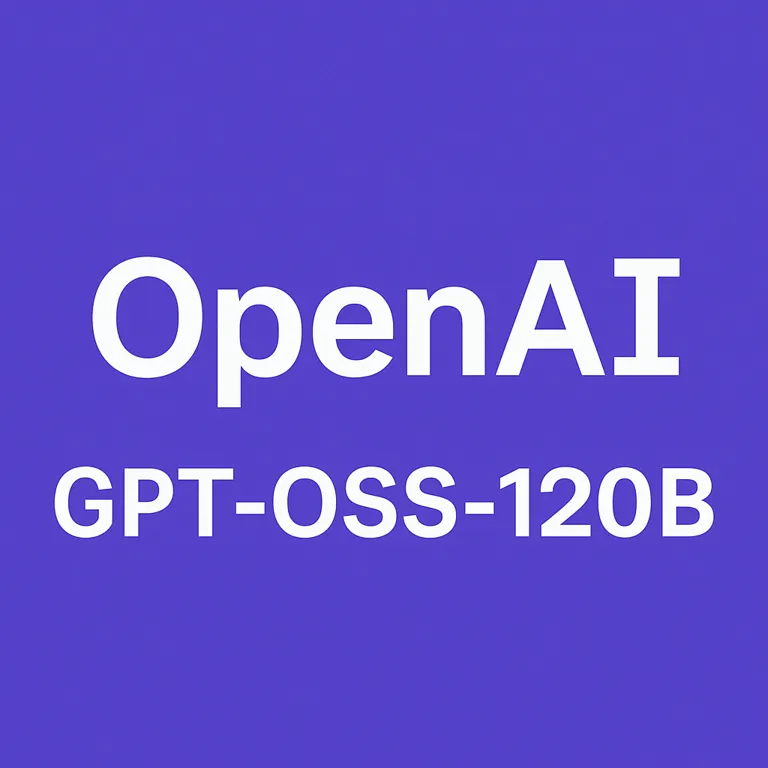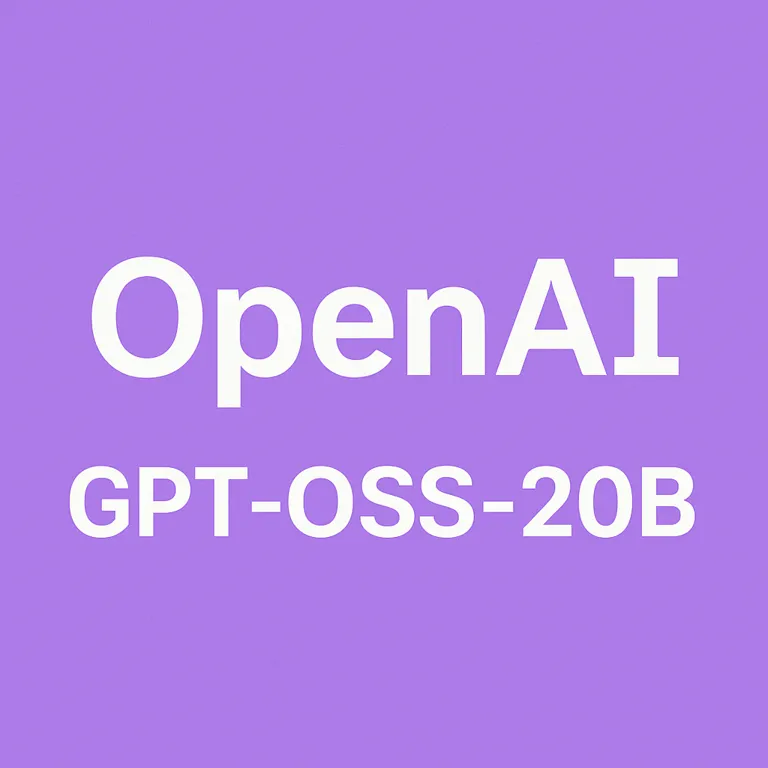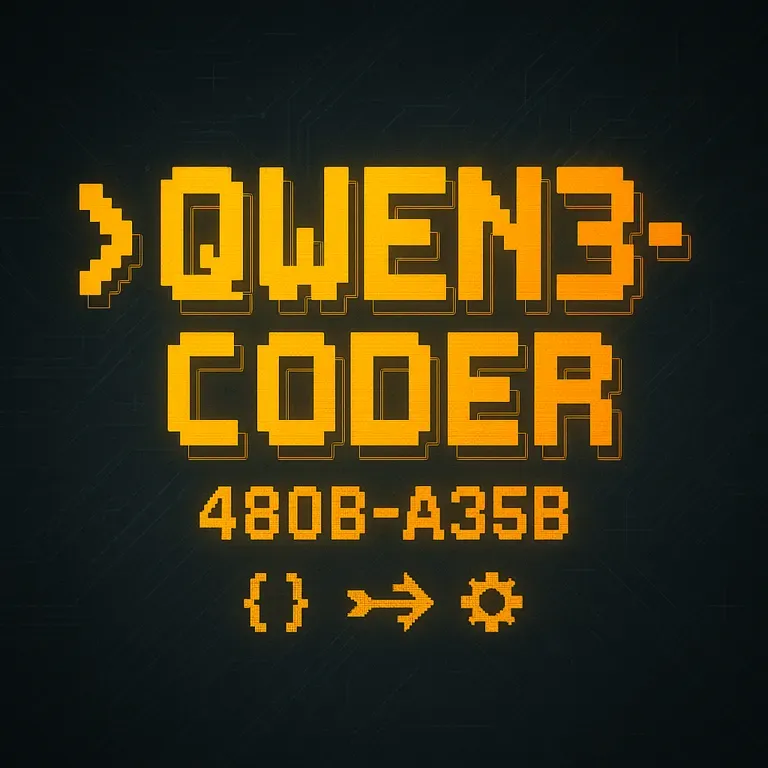🚀 New models by Bria.ai, generate and edit images at scale 🚀
AI Inference
Accelerate your AI with developer-friendly APIs designed for performance and cost-efficiency.
Scale to trillions of tokens without breaking the bank
Low pay-as-you-go pricing - no long-term contracts, no hidden fees, no surprises. Startup? Enterprise? We can scale. We are there for you with our simple APIs and hands-on technical support.
Inference Tailored to You
An inference partner that meets your needs. Whether you're optimizing for cost, latency, throughput or scale - we design the solution around your priorities. DeepInfra provides 100+ models to cover all your needs.
Zero Retention. Compliant. Secure.
With our zero retention policy your inputs, your outputs, and your user data stay private. DeepInfra is SOC 2 and ISO 27001 certified. We follow the best practices in information security and privacy.
Our Hardware. Our Data Centers. Your Performance Edge.
DeepInfra runs on our own cutting-edge inference optimised infrastructure, in secure US-based data centers. Better performance and reliability for you.
Models
Explore our Featured Models
Live AI Inference Metrics
End-to-end insights into speed, scale, stability and spend
Host your models on our servers
Low cost, high privacy to ensure you run your operations smoothly

© 2025 Deep Infra. All rights reserved.













